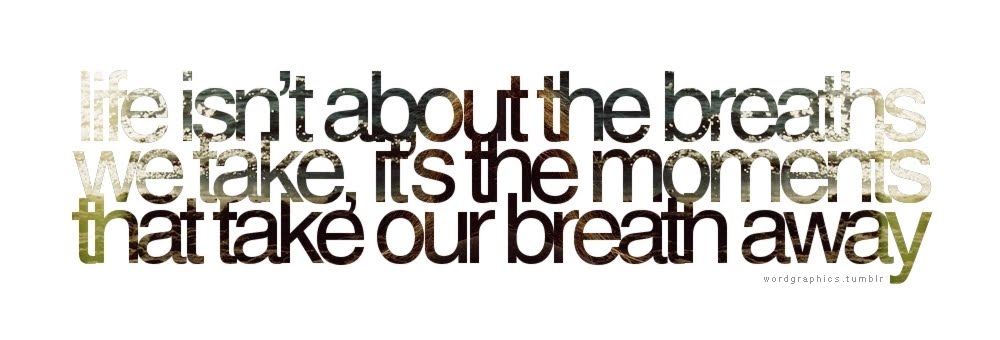
New Orleans is a major US port and the largest city and metropolitan area in the state of Louisiana. The New Orleans metropolitan area had a population of 1,167,764 in 2010 and was the 46th largest in the United States. The city is named after the Duke of Orleans, who reigned as Regent for Louis XV from 1715 to 1723, as it was established by French colonists and strongly influenced by their European culture. It is well known for its distinct French and Spanish Creole architecture, as well as its cross-cultural and multilingual heritage.
On our way down to visit the French Quarters in New Orleans we were able to see some of the houses that remain damaged since Hurricane Katrina in 2005. New Orleans was catastrophically affected by what the University of California Berkeley's Dr. Raymond Seed called "the worst engineering disaster in the world since Chernobyl," when the Federal levee system failed during Hurricane Katrina in 2005. By the time the hurricane approached the city at the end of August 2005, most residents had evacuated. As the hurricane passed through the Gulf Coast region, the city's federal flood protection system failed, resulting in the worst civil engineering disaster in American history.
Floodwalls and levees constructed by the United States Army Corps of Engineers failed below design specifications and 80% of the city flooded. Tens of thousands of residents who had remained in the city were rescued or otherwise made their way to shelters of last resort at the Louisiana Superdome or the New Orleans Morial Convention Center. More than 1,500 people were recorded as having died in Louisiana, most in New Orleans, and others are still unaccounted for. The city was declared off-limits to residents while efforts to clean up after Hurricane Katrina began. The approach of Hurricane Rita in September 2005 caused repopulation efforts to be postponed, and the Lower Ninth Ward was re-flooded by Rita's storm surge. Before Hurricane Katrina, the city called for the first mandatory evacuation in its history, to be followed by another mandatory evacuation three years later with Hurricane Gustav.
On this building you can see how high the flood water levels were.
Hurricane Katrina at its New Orleans landfall.
An aerial view from a United States Navy helicopter showing floodwaters around the Louisiana Superdome (stadium) and surrounding area (2005).

Louis Armstrong home was where this hotel is now located.


Entering the French Quarters the three story grey house is owned by Johnny Depp and has a open patio on the rooftop.




The St. Louis Cathedral is one of New Orleans' most notable landmarks. Its triple steeples tower above its historic neighbors and looks down on the green of the square and General Andrew Jackson on his bronze horse. St Louis Cathedral is the oldest active cathedral in the United States.
When you come to New Orleans you have to visit the iconic Café du Monde, where you will experience the famous Beignets. The Original Cafe Du Monde Coffee Stand was established in 1862 in the New Orleans French Market. The Cafe is open 24 hours a day, seven days a week. It closes only on Christmas Day and on the day an occasional Hurricane passes too close to New Orleans. The Original Cafe Du Monde is a traditional coffee shop. Its menu consists of dark roasted Coffee and Chicory, Beignets. The coffee is served Black or Au Lait. Au Lait means that it is mixed half and half with hot milk. Beignets are square French -style doughnuts, lavishly covered with powdered sugar. It was very delicious.


The jazz and blues music in New Orleans is fabulous and the street musicians are scattered everywhere throughout the French Quarters. Their talents are unbelievable!

Plenty of Cajun, Creole and various spicy rubs for your cooking enjoyment.
If you are thirsty, or hungry don't worry, there are hundreds of bars and restaurants that line the streets of the French Quarters. Bourbon street in particular is completely lined with bars. Outdoor bars set-up everywhere. Like this outdoor daiquiris bar.
Colorful and fabulous street entertainment.


New Orleans is world famous for its plethora of unique architectural styles, from creole cottages to the grand mansions on St. Charles Ave, to the balconies of the French Quarter. The city boasts fine examples of almost every architectural style, here you will discover fascinating architecture and unique buildings.



The City of New Orleans and the Mississippi River.

.jpg)




.JPG)


No comments:
Post a Comment